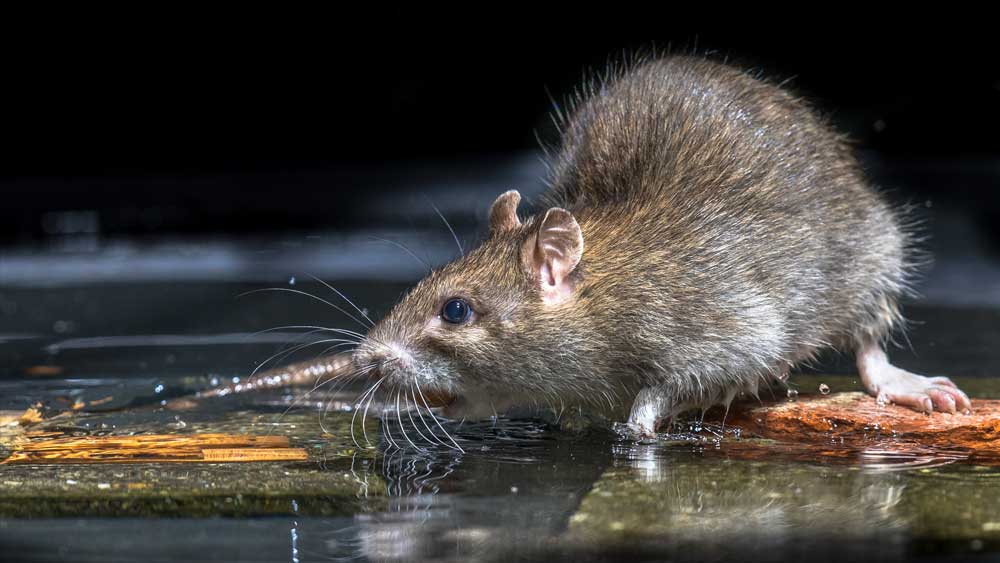Earlier this month, as archaeologists were researching an old Viking trade route in central Norway, they reminded us that Eurasia’s “Black Death” plague previously blanketed many Nordic countries about 600 years ago.1, 2
The team used radiocarbon dating to estimate the age of the found artifacts, including clothing and hunting equipment, and concluded they were from centuries before, during, and after the Viking Age. But what may be of special interest to readers at this particular time is the archaeologists’ reminder that northern Europe once faced a horrid pandemic—the “Black Death” plague—that killed millions (perhaps 75 million people) within Eurasian and North African countries.2, 3, 4, 5
The post-medieval and late medieval decline in the KDE [kernel density estimation of Carbon-14 data] distribution could, in part, relate to climatic deterioration during the Little Ice Age [i.e., centuries of “global cooling” that followed the Viking Age], and to depopulation during the well-documented impact of the fourteenth-century plague [which hit Norway in AD 1348/1349] 2
The Black Death—also called “the Plague”—revisited Europe and elsewhere, repeatedly, during the next 300 years, and sometimes beyond that.3, 4, 5
Europe’s most lethal natural disaster (excluding the worldwide Flood that once wrecked the entire Earth) was not an earthquake, tsunami, tornado, wildfire, or hurricane—it was a plague, a “pandemic” pestilence that killed millions of Europeans…and left survivors suffering in agony from horrible infections that riddled their flesh with swollen sores called “buboes.” Called the “Black Death” for generations, this killer of millions is known today as the Bubonic Plague, based upon a Greek word (βουβô&n
u;, root of the English word “buboes”) linked to symptoms of victims’ overwhelmed immune systems.3
u;, root of the English word “buboes”) linked to symptoms of victims’ overwhelmed immune systems.3
What overwhelmed human immune systems, century after century, was the deadly bacterium, Yersinia pestis, which is transmitted by the bite of the Oriental rat flea (Xenopsylla cheopis) that parasitizes the black rat (Rattus rattus) and can parasitize hapless humans who don’t keep a safe distance. The infected flea can jump from a dying, plague-infected rat-host onto a living human if the human target is close enough.3, 4, 5, 6, 7, 8
Since the transmission of Bubonic Plague (a/k/a “Black Death”) depends heavily upon the Black Rat (Rattus rattus) as a contagion vector—hosting the Rat Flea (Xenopsylla cheopsis) which itself hosts the Bubonic Plague’s venomous bacterium, the Bubonic Plague bacillus (Yersinia pestis)—a removal of populous groups of Black Rat would “break the chain” of contagion, leading to the demise and defeat of the Bubonic Plague in lands where Black Rats were otherwise common in close proximity to human dwellings. In other words, if places where people live could be (substantially) purged of Black Rat populations (and thus also of their parasitic Rat Fleas) those human settlements would soon be freed from the Bubonic Plague bacillus (Yersinia pestis) that the Black Rats and Rat Fleas easily transmit. But who could get rid of the huge populations of Black Rats in Europe?3
Europe desperately needed a pandemic-suppressing hero! Thus, ironically—and providentially—the worst of the Bubonic Plague dissipated when the pandemic-vector black rat was displaced by an ecological competitor, the Norwegian rat.
Indeed, who was best equipped to eliminate prodigious and prolific populations of Black Rats in Europe? By God’s caring and clever providence, history shows, that hero was another rat—the brownish-grey Norwegian Rat (Rattus norvegicus)….In short, the Norwegian Rat out-competes (and therefore ecologically displaces) the Black Rat in Europe, yet the Norwegian Rat is not a common carrier of Bubonic Plague. What a simple solution to the Black Plague!3
The conquering Norwegian rat overtook neighborhood habitats where Bubonic Plague transmission to humans was common, thereby quarantining the local populations of plague-infected black rats, so that the vector fleas (when their black rat hosts were dying) were kept away from humans when the fleas needed a new host, so the fleas died of starvation.3, 4, 7
The recently discovered Viking artifacts remind us that our world has seen pandemics before, as well as unusual examples of God’s providence in shutting down pandemic or epidemic plagues.3, 4, 8 Pray for God’s providence to shut down the COVID-19 plague and its crippling effect on the health, safety, and economic well-being of many peoples—and pray that many, through this crisis, will see their need for God’s blessing.3, 4, 9
References
1. Curry, A. Hidden Viking trade route emerges from melting ice in Norway. Science. Posted on ScienceMag.org April 15, 2020, accessed April 19, 2020.
2. Pilø, L., E. Finstad, and J. H. Barrett. Crossing the ice: an Iron Age to medieval mountain pass at Lendbreen, Norway. Antiquity. 94 (374):437-454.
3. Johnson, J. J. S. 2016. Did Norwegian Rats Shut Down the Black Death? Nordic Legacy Series. Fort Worth, TX: Norwegian Society of Texas, 1-20.
4. Johnson, J. J. S. 2016. Evolutionary Naturalism vs. Biblical Providence. Acts & Facts. 45 (4) :21. See also Cansdale, G. S. 1976. All the Animals of the Bible Lands. Grand Rapids, MI: Zondervan, 132-134.
5. Thomas, B. The Plague: Birth of a Killer. Creation Science Update. Posted on ICR.org September 21, 2011, accessed April 16, 2020.
6. McGrath, M. 2011. Black Death Genetic Code ‘Built.’ BBC World Service News. Posted on bbc.com October 12, 2011, accessed April 19, 2020.
7. Bos, K. I. et al. 2011. A Draft Genome of Yersinia pestis from Victims of the Black Death. Nature. 478 (7370): 506–510.
8. 1 Samuel 4–6. See especially 1 Samuel 5:6, 9, 10-12, as well as 1 Samuel 6:4-5, 11, 17-18.
9. Mark 3:10; 2 Chronicles 7:14.
*Dr. Johnson is Associate Professor of Apologetics and Chief Academic Officer at the Institute for Creation Research.

















